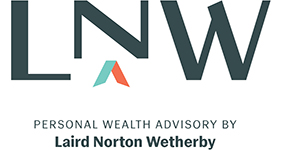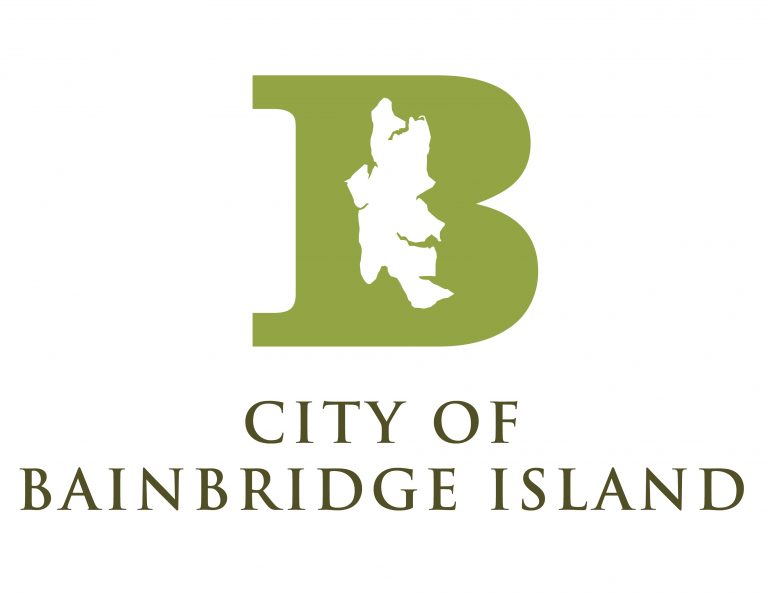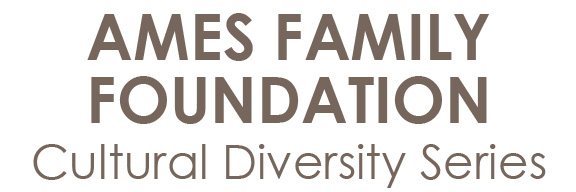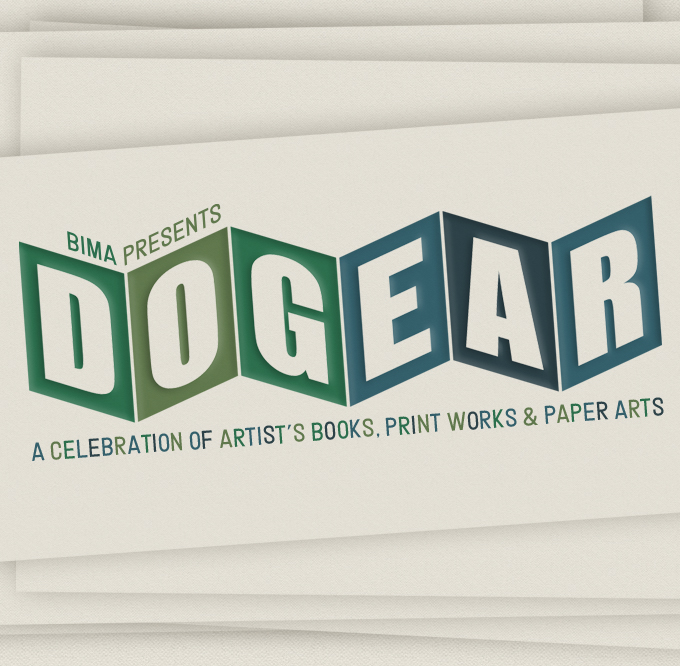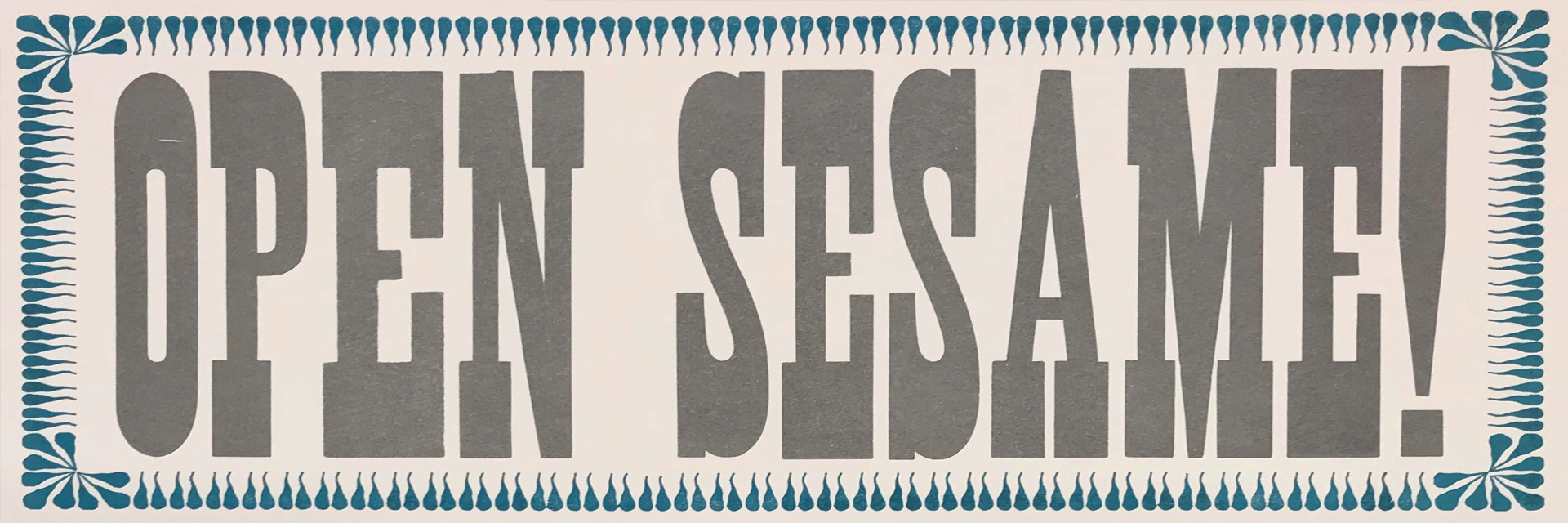
Open Sesame! The Magic of Artist’s Books Revealed
Past Exhibition
Open Sesame! The Magic of Artist’s Books Revealed is a major look into the special world of Artist’s Books. It includes special installations by artists including Diane Jacobs, Daniel Smith, and Carletta Carrington Wilson. This exhibition is co-curated by BIMA’s Founder, Cynthia Sears, Amy Goldthwaite (BIMA Curatorial Associate), and Catherine Alice Michaelis (Artist).
Artist’s Books are part of many Special Collections or Rare Book Collections of university libraries, including the University of Washington. BIMA seeks to help make this unique and lesser-known art form more visible and accessible to the broader public through ongoing rotations in the Sherry Grover Gallery, plus this first-ever large-scale exhibition.
Artist’s Books combine many art forms and media, including drawing, painting, printmaking, collage, gluing and binding, sculpture, photography, textiles, creative writing, and storytelling. Cynthia Sears notes that Artist’s Books are the “Trojan Horse of the art world…you don’t know exactly what is inside until it is revealed.”
– – –
Statement from Cynthia Sears: BIMA’s Founder and Open Sesame! Co-Curator
I began collecting artist’s books some 40 years ago, shortly before moving to Bainbridge Island. It began when I walked into a gallery in San Francisco, and saw across the room an amazing sculpture. It looked like a three-dimensional box containing a glowing sea cavern.
As I got closer, I saw that what looked like ridges in the ceiling of the cave were actually pieces of stiff paper. There were progressively smaller holes cut out of each page, with text printed along their tops. A tiny creature seemed to be hiding in the very back of this artwork. I had never seen anything like this. I asked the gallery attendant what I was looking at. She said, “It’s an artist’s book by Julie Chen, called Octopus.”
I began to learn about the vocabulary of artist’s books—and that this format is a called a tunnel book. The accordion-fold walls on each side create a sense of depth. The three-dimensional way the book is made reveals something— or everything—about the content.
As I continued collecting artist’s books, I discovered a variety of structures and forms used to complement, represent, or encapsulate the content. With ordinary books, we get the content through reading; with artist’s books, we get to experience it. The container becomes the thing contained.
I have come to believe that the artist’s book is the most creative, exciting, intimate, versatile, and imaginative art medium there is. I also feel that the makers of artist’s books are the most hard-working, research-driven, and inventive of all. In addition, they have the best sense of humor!
The poet Marianne Moore famously defined a poet as a “literalist of the imagination” who can create “imaginary gardens with real toads in them.” I cannot think of a more perfect description for a maker of an artist’s book!
With this exhibition, I am formally beginning the process of transferring my collection—now close to 1900 titles—over to BIMA’s capable hands. Most of the books have already been lodging here, but on more of an “Airbnb” status. Now they will be coming home to stay!
Please enjoy all the gardens on display in these galleries. Watch out for the toads.
– – –
Statement from Catherine Alice Michaelis: Artist and Open Sesame! Co-Curator
Viewing Cynthia Sears’ collection, I was drawn to artist’s books that make you forget the word “book.” As a book artist and co-curator of the show, I was looking for works that have a high correlation between structure and content:
Katherine Ng’s work that presents her Chinese-American culture and private life to the viewer—neatly packaged in Chinese take-out containers, the way most non-Chinese Americans take in Chinese culture.
Carletta Carrington-Wilson honors the historically invisible black women laundresses, descendants of slaves, in Letter to a Laundress made from photographs sewn onto textile pieces pinned on a laundry line.
Kathy Kuehn’s Paean to Place incorporates a poem by Lorine Niedecker, about growing up in a flood-prone area. This work, dyed in indigo, unrolls to become a small stream.
It took many days to view the entire collection, during which I was seduced by the graphic vividness of works such as Human Volcano, containing photographs by Alan Govenar, and designed and printed by Caren Heft. The large pages and boldness of image and text parallel the lives portrayed.
Likewise, Ellen Knudson creates layers from image and text, warning us that our consumption and greed is devouring our environment and putting us all in danger. Knudson’s work is printed on paper as delicate as the times we live in. The text is dizzying—it turns us this way and that—as we try to understand the state of our world.
These works invigorate me as an artist. While holding each book, I attempt to read between the lines, appreciating the skills and tools of both mind and hand. Each decision made by the artists is a conscious effort to lead the viewer into another world—another way of seeing.
– – –
Statement from Amy Goldthwaite: Open Sesame! Co-Curator and BIMA Curatorial Associate
My introduction to the world of Artist’s Books came with the opening of BIMA in 2013. Walking into the Sherry Grover Gallery, for me, was like entering into a world of possibility. Three-dimensional forms filled the cases, reflecting something of the stories told within. What is this, I asked myself? How is it that a book can resemble a wig? As I explored the various forms of storytelling on display, I came to understand that a codex, the traditional book form, is only one way of presenting a story.
It has been my good fortune to work closely with the Cynthia Sears collection, and the artists who have contributed to it. Collaboration is key within this community. Many bookmakers actively nurture and willingly share their knowledge within this growing field.
There is a tremendous amount of time and labor spent in the creation of artist’s books. This can include researching subjects, writing stories, making paper, carving images for printing, setting type for the press, and binding pages… book artists are more often compensated through love of their work than by monetary gain.
When planning Open Sesame we discussed how best to present work to BIMA’s diverse audiences—including those unfamiliar with this art form. Specifically, we decided to illustrate the variety of content, tools, forms and materials using an Abecedarian (A-Z) sequence in the Sherry Grover Gallery.
In the Feferman Gallery, we have the luxury of showing books fully opened. We can view sixteen feet of images in an extended accordion format, as though it were a moving picture. Parasols of handmade paper bloom with texture and text. Words stream from leaves and trees. Laundry, hanging on lines, delivers an exquisite yet painful history lesson. And Hell’s Carousel reminds us that life offers no guarantees.
Thank you for coming. Please leave a comment in the guest book. Your experience and input will help to shape how we share this wonderful collection in the future. Your words could become part of an Artist’s Book.
When
Where
Sherry Grover Gallery
Share
More from the exhibition
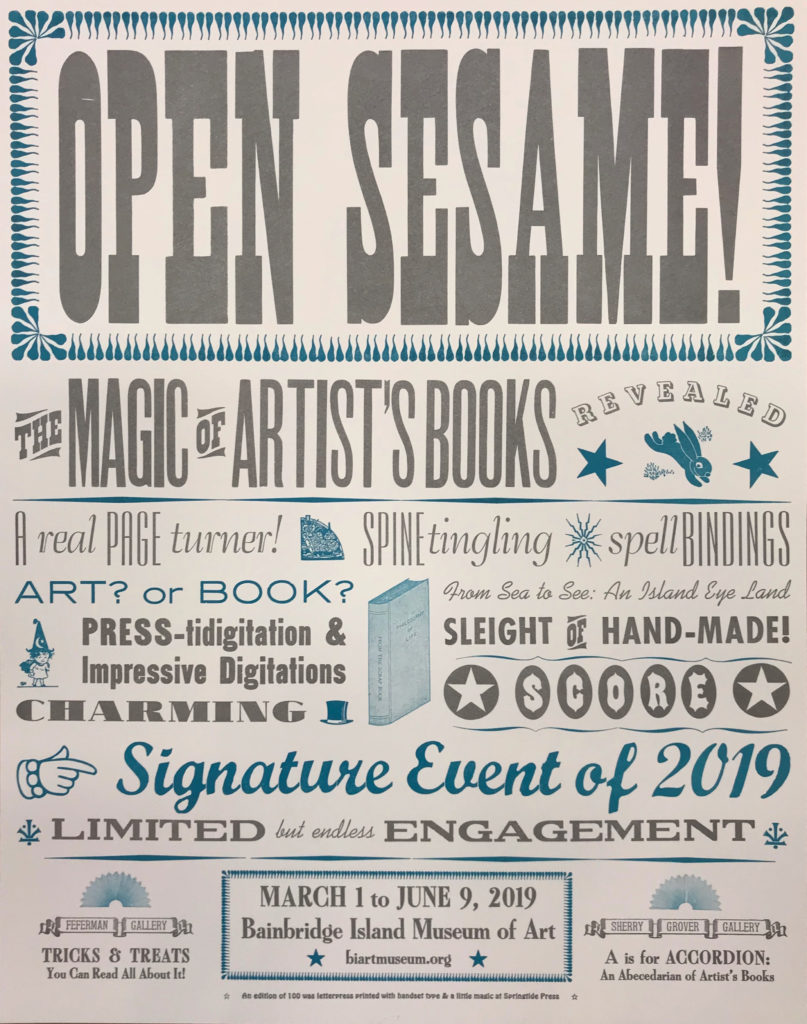
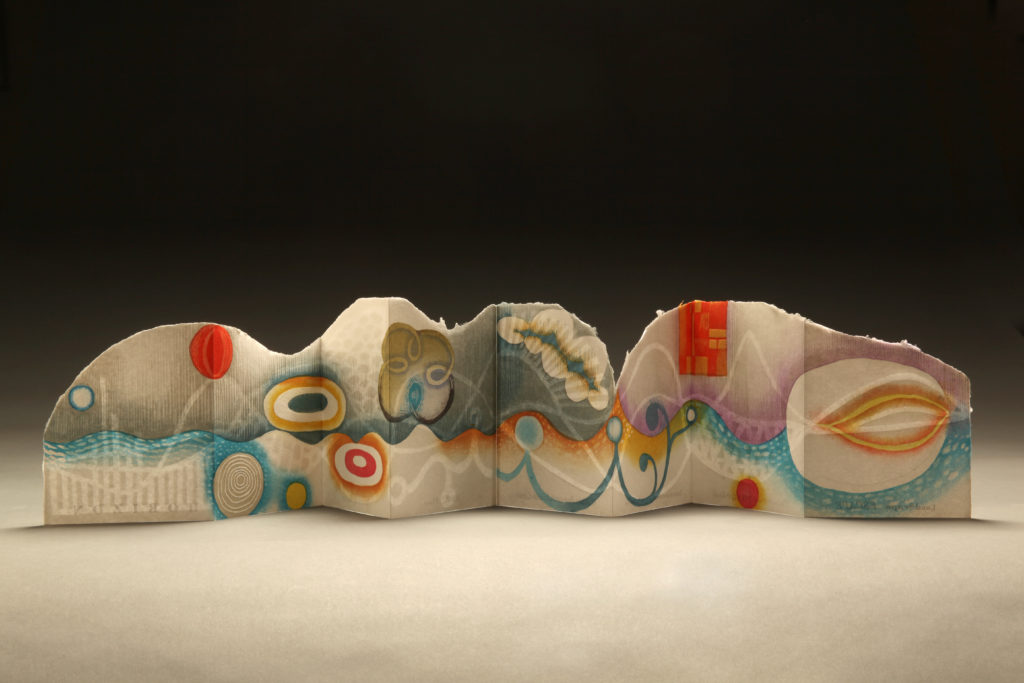
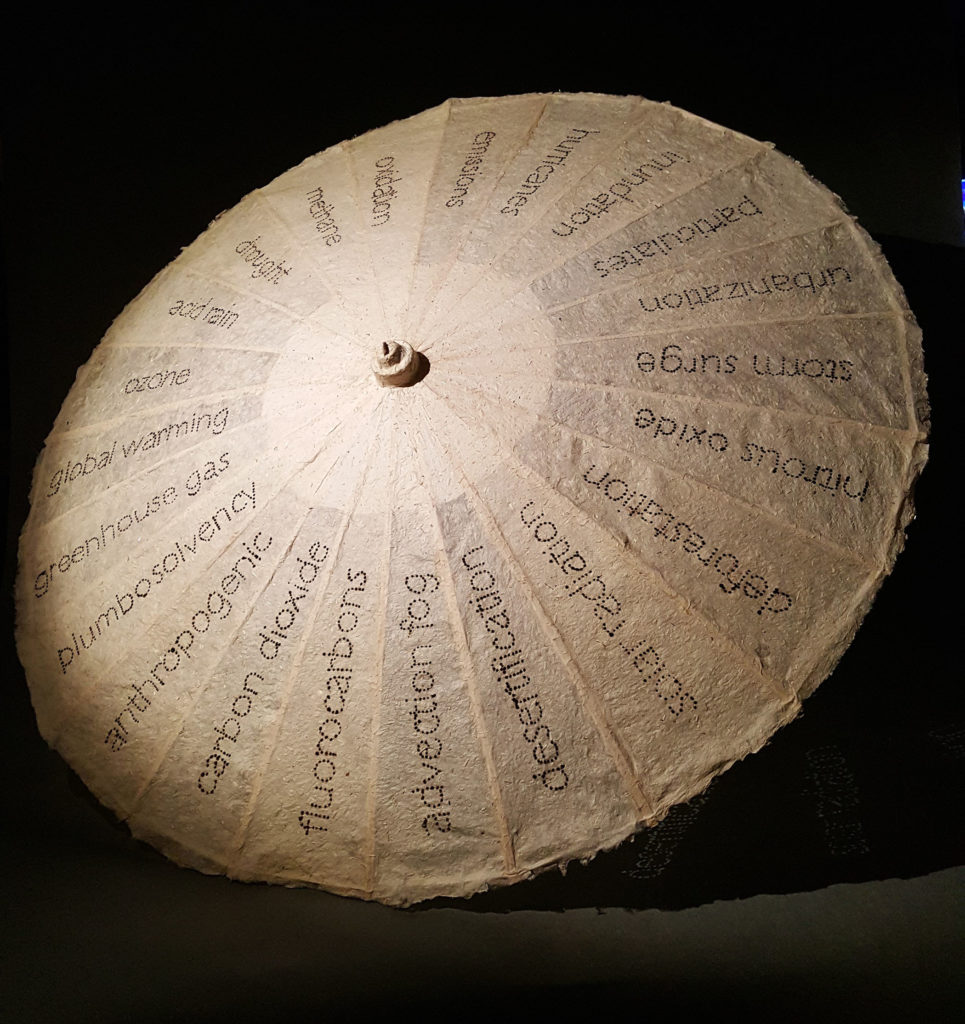
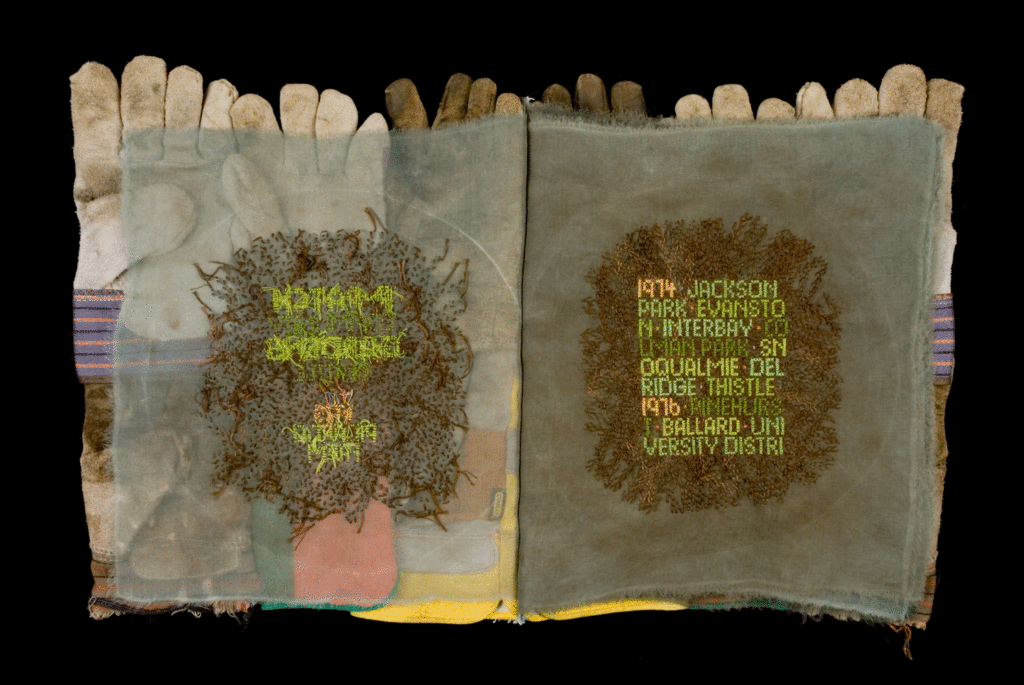
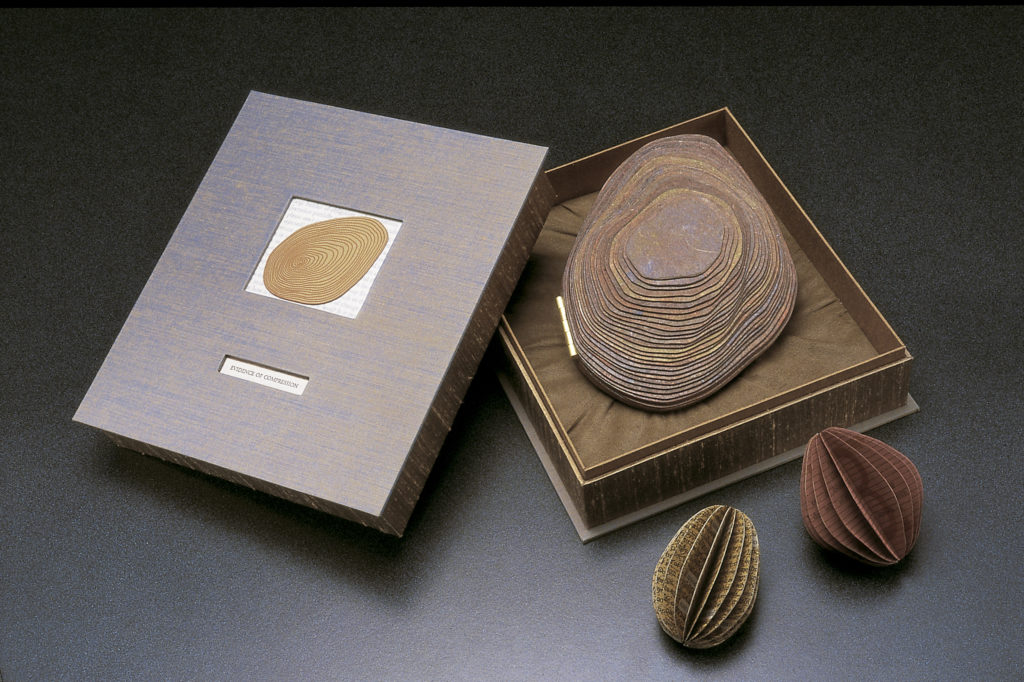
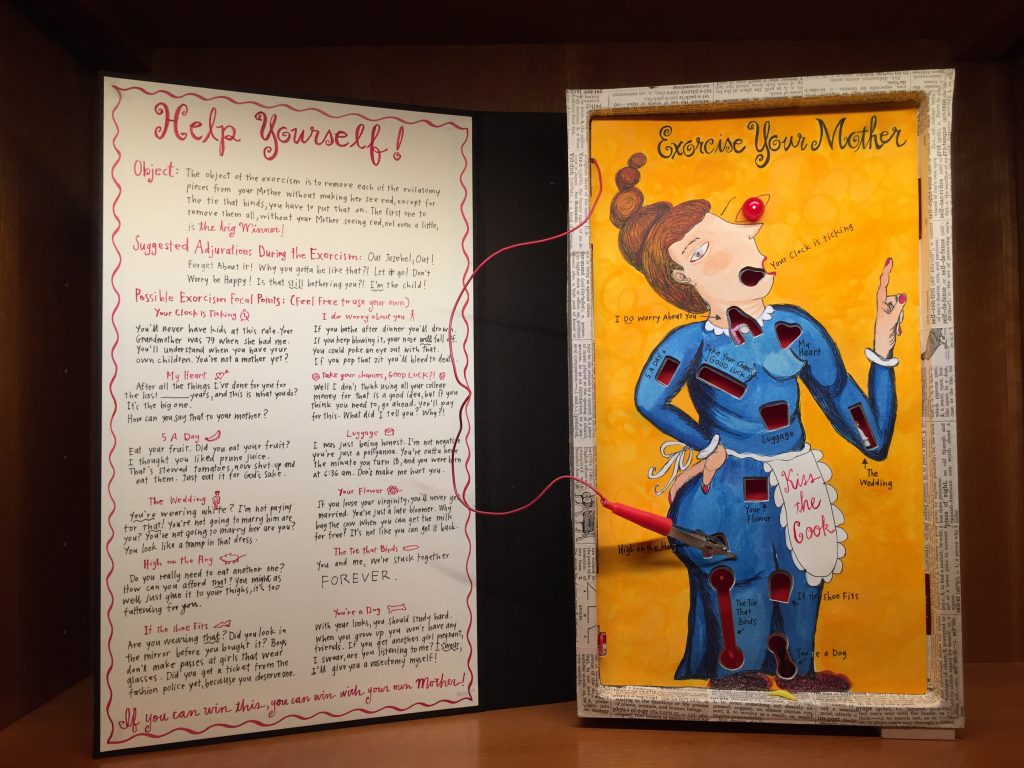
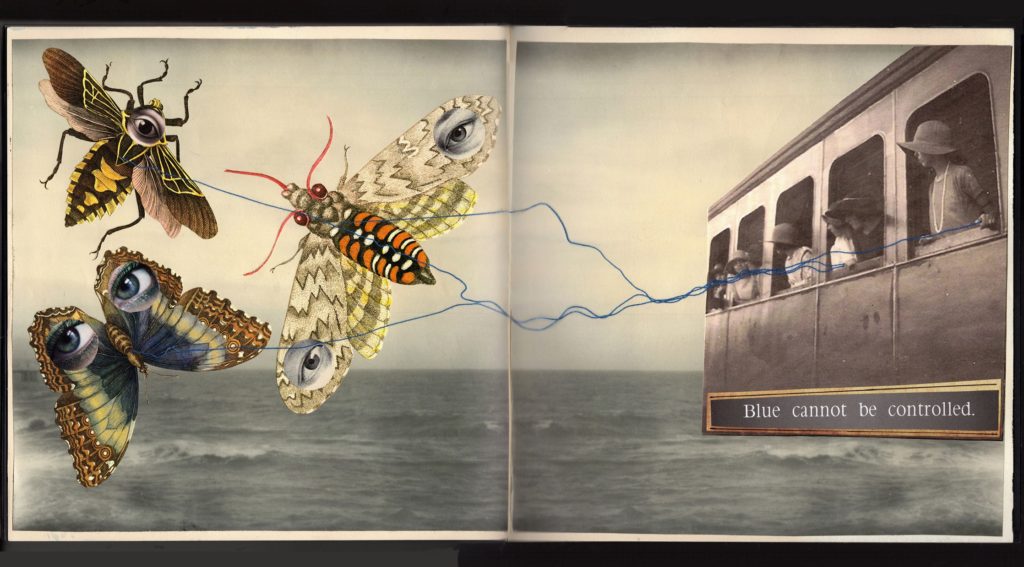
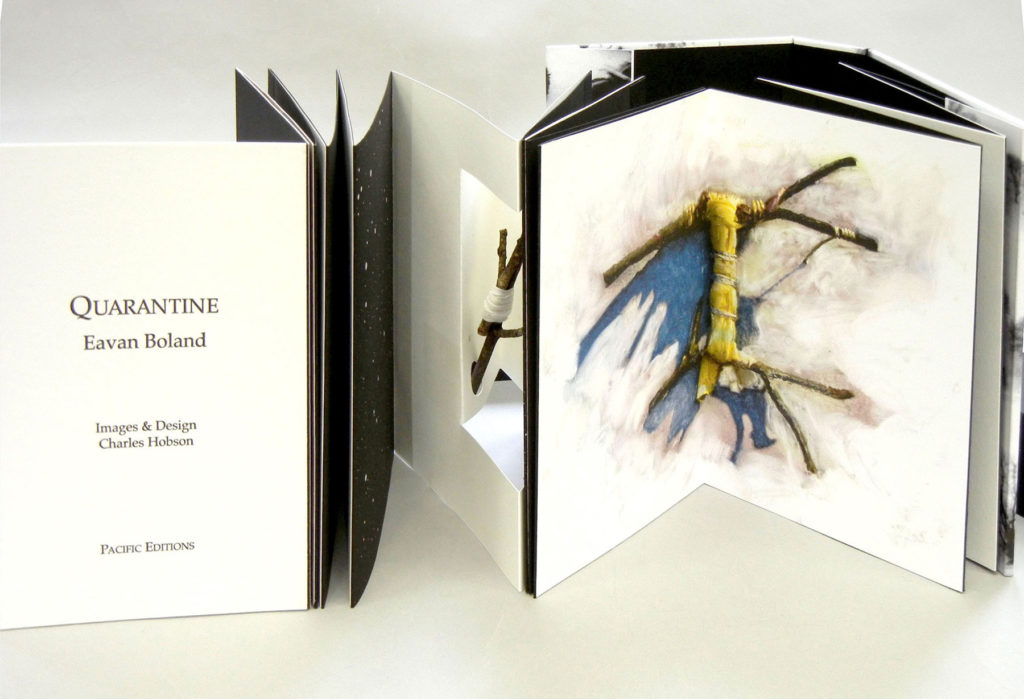
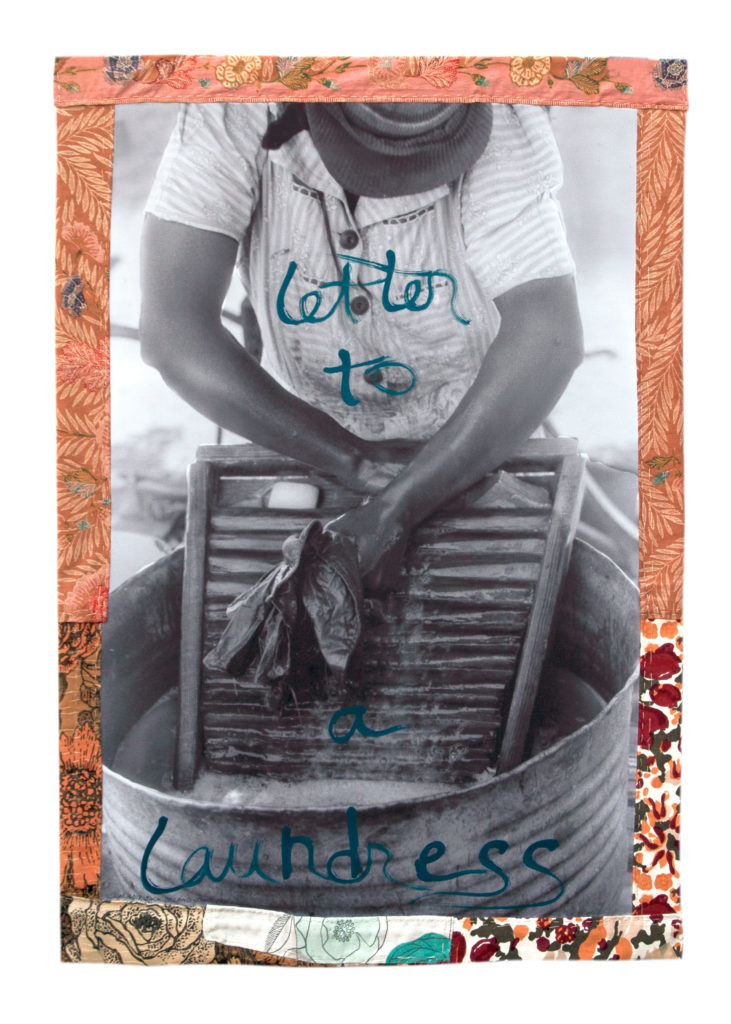
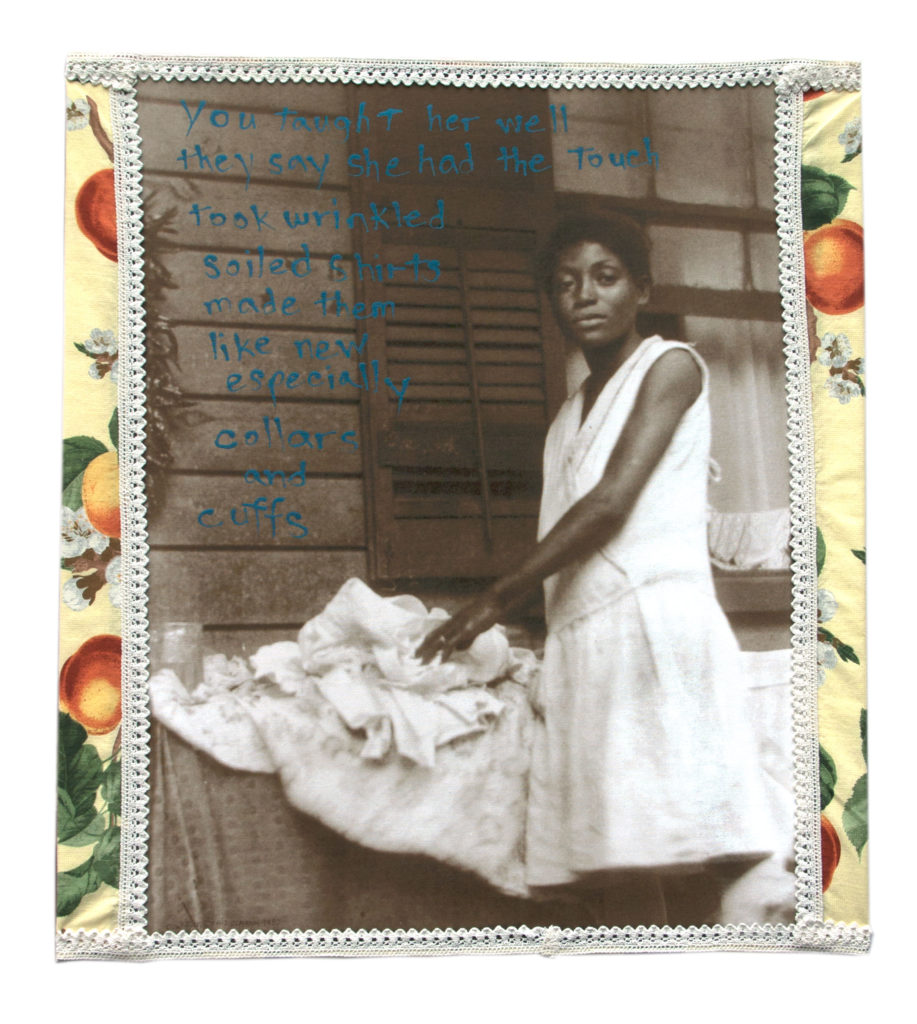
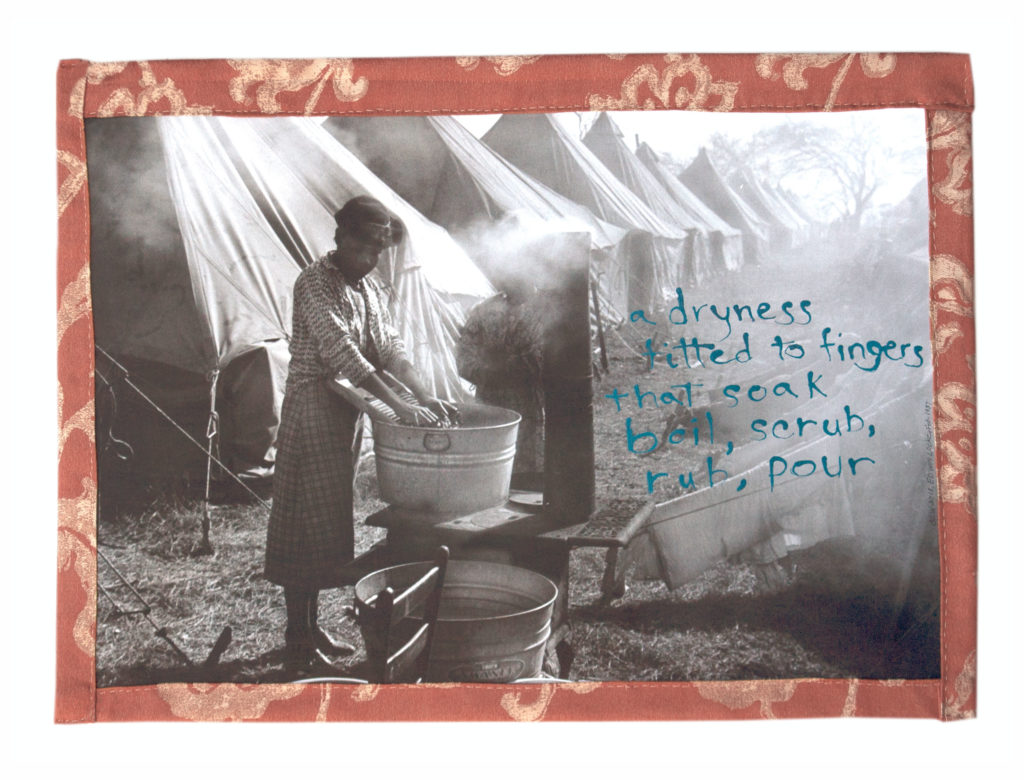
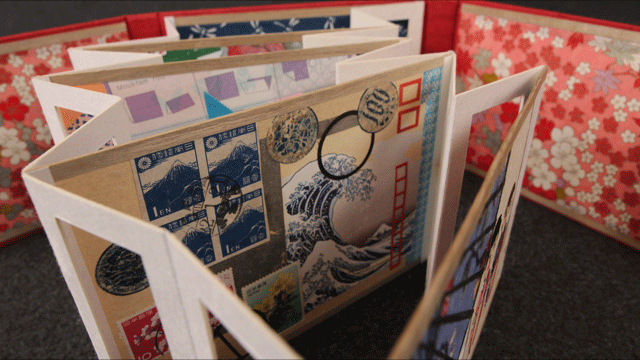
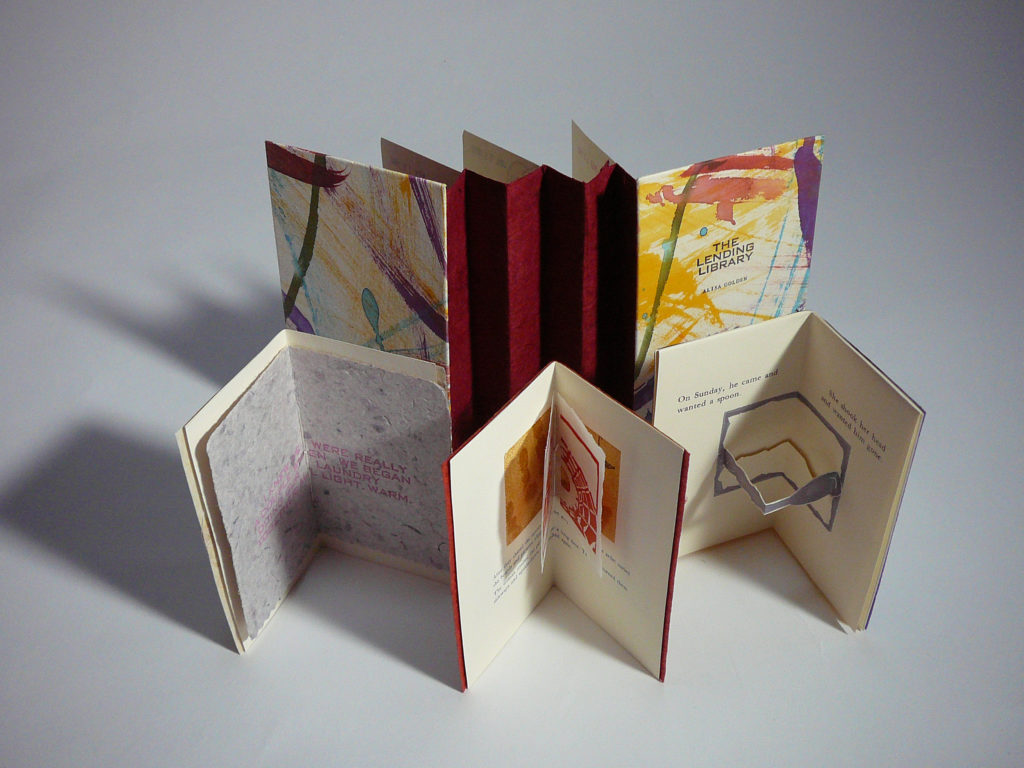
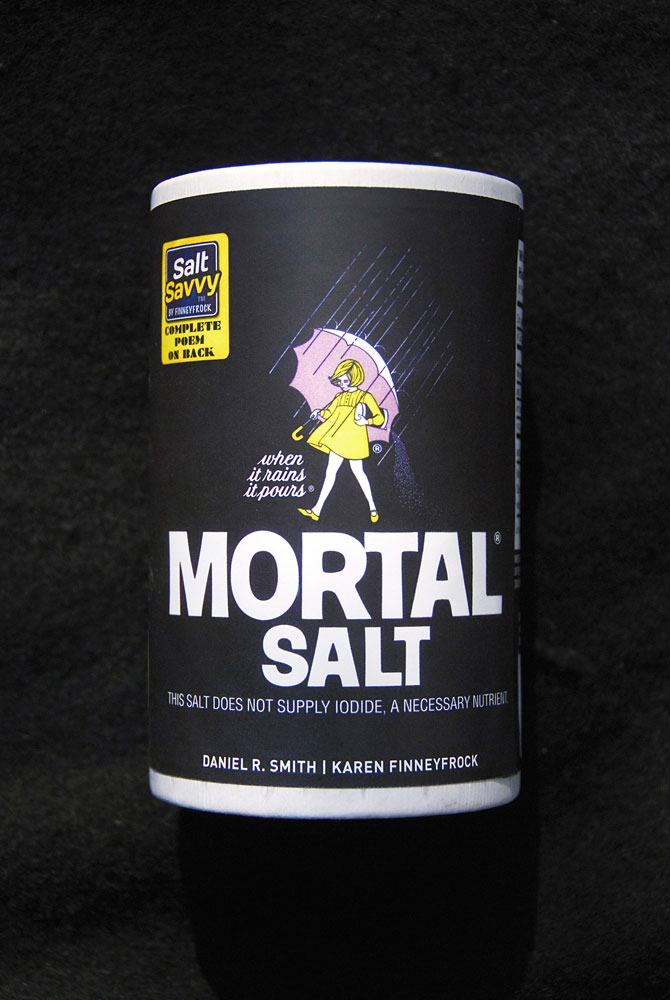
Exhibition Sponsors
